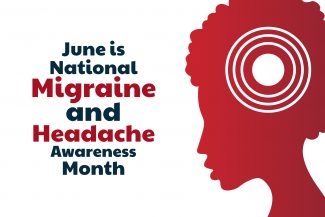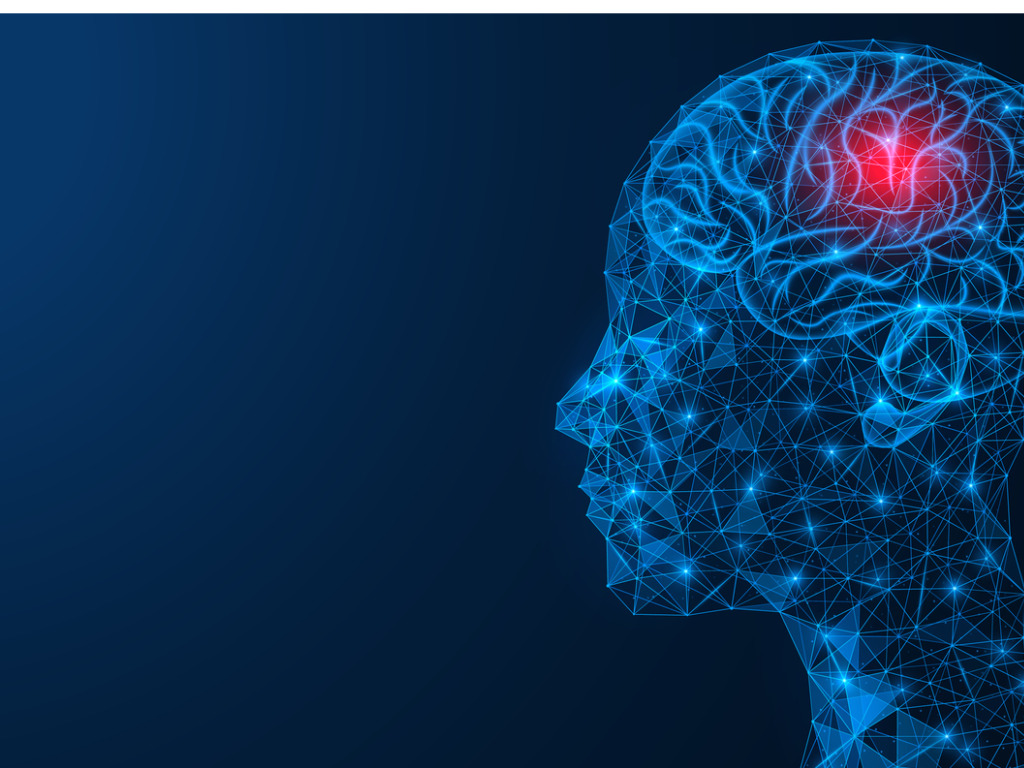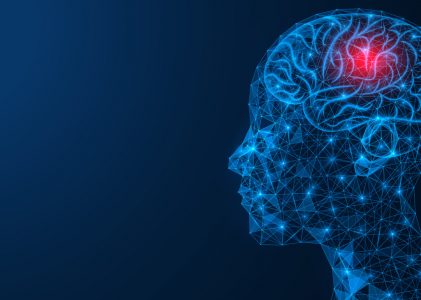
June is Migraine and Headache Awareness Month as the migraine, headache and cluster communities work together to increase awareness to what can be a debilitating condition for many. According to The Migraine Research Foundation, migraine affects 39 million people in the United States and 1 billion people worldwide. Migraine affects men, women, and children although is more common in women affecting 1 in 5 women in the U.S., 1 in 16 men and 1 in 11 children, and can tend to run in families.
What is Migraine?
A migraine is more than a bad headache and is a neurological disease that causes incapacitating neurological symptoms. Migraine attacks are usually a recurring, severe throbbing pain that typically affect one side of the head, although approximately one third of attacks affect both sides. Additional symptoms can accompany a migraine and be quite disabling such as dizziness, vomiting, nausea, visual disturbances, extreme sensitivity to touch, light and smell along with numbness or tingling in the face and extremities. Approximately 25% of migraine sufferers experience a visual disturbance called an aura. Many of these symptoms occur right before the migraine head pain, the migraine usually lasts anywhere from 4 hours to 72 hours.
Nearly 1.2 million visits to the emergency department each year are for acute migraine attacks with someone going to an ER at least every 10 seconds in the U.S. Most people do not realize just how incapacitating a migraine can be, at least 90% of people experiencing a migraine are unable to function normally or to work during a migraine.
Chronic Migraine
Many people who suffer from migraine experience an attack once or twice per month.
More than 4 million Americans, however, suffer from chronic migraine which means they experience a migraine at least 8 days per month and a headache or migraine at least 15 days of the month. Any day with a headache or migraine counts towards defining chronic migraine. Many people feel pain prior to a migraine coming on, which is still not a pain-free or headache-free day. Headache hangover also occurs where sufferers still feel headache pain after the migraine is over. Chronic migraine affects every aspect of someone’s life, from being unable to attend school, participate in sports, work a full-time job, or even participate in family vacations and celebrations. Even every day tasks like caring for children and simple household chores can be difficult.
Migraine and Headache Support
One of the hardest aspects of living with chronic migraine in addition to living with chronic pain is the stigma that goes along with suffering from an “invisible” disease. Many people cannot understand why a person suffering from migraine cancels plans at the last minute or seems to look OK but constantly complains of pain.
During Migraine and Headache Awareness Month, you can show your support to bring visibility to this invisible illness. This year, the National #MHAM theme is a “New Era of Care” and you can participate by registering at www.cmaware.org/mham. Sharing your story, your picture and telling others how you cope and live with chronic migraine helps the entire headache community to not feel alone, and to have hope for the future. Every time someone talks about their migraine, we are raising awareness and helping everyone to recognize the debilitating conditions caused by headaches and migraines.
Advances in Migraine Treatment
While scientists have not yet found a cure for migraines, there are more options to better treat migraine symptoms. Learn more about the Latest Research on Migraine Treatments. There have been significant advances in migraine treatment over the last two years with new pharmaceuticals and delivery systems such as injections and nasal sprays that can work better than older migraine medications and have fewer side effects. Some newer migraine medicines today can help to treat your migraine within the first 2 to 4 hours of an attack as opposed to older medications that had to be taken within the first 30 minutes to work well.
Greater Waterbury Imaging Center recognizes the challenges that every sufferer of headaches and migraines face. We encourage you to continue to speak with your doctor and never give up hope for living pain free. Remember to contact us for friendly and professional MR imaging services.


